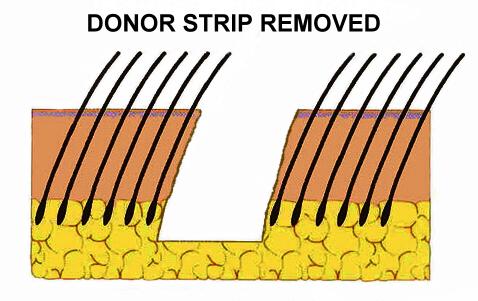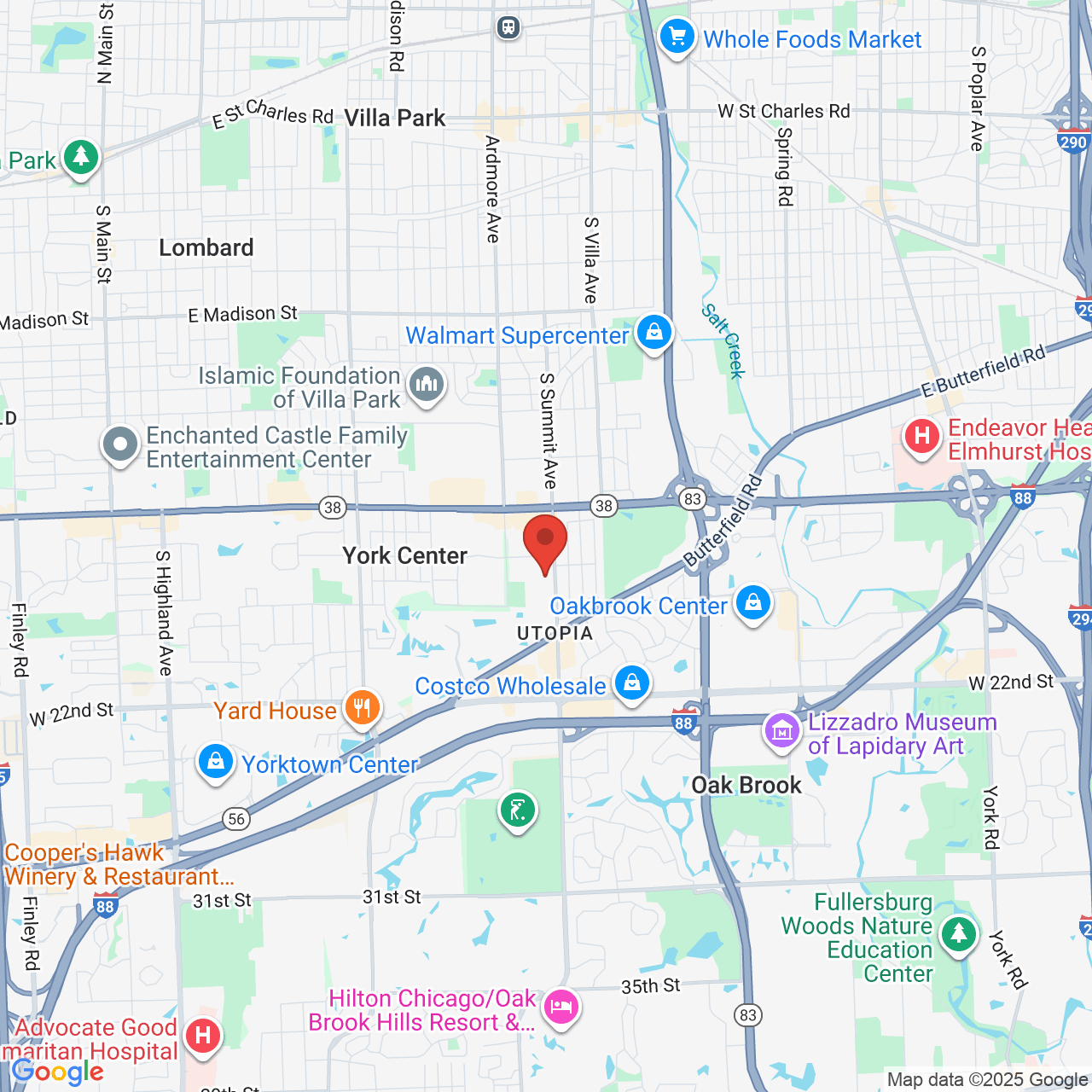The Exclusive Trichophytic Closure to Optimally Camouflage Scarring

Photo of a Donor Area After Trichophytic Closure by Dr. Konior
The trichophytic closure technique is utilized by Dr. Konior to help minimize visible donor site scars following graft harvest with strip excision. Trichophytic closure is an advancement to the traditional incision line closure technique because it enhances scar camouflage. While relatively new to many hair restoration surgeons, the trichophytic closure technique has been used by facial plastic surgeons for decades. Facial plastic surgeons, like Dr. Konior, have commonly used it is as a method of closing cosmetic incision lines at the hairline. More and more physicians are now realizing that this technique can provide great benefit when used for the incision line in the donor region.

The standard closure method results in a linear gap of scar tissue between the two sides of the strip excision site. This gap is commonly referred to as the "the donor scar".
A trichophytic closure adds an additional step to the traditional closure process in hair transplantation surgery. Rather than simply putting the two sides back together, the skin along the upper or lower edge of the strip harvest site is carefully trimmed before the two sides are sutured together.

This modification allows hair along the skin edge to grow through the scar during the healing process, thereby resulting in a better camouflaged donor scar. While the trichophytic closure technique has been a long-established technique in plastic surgery, it has now been recognized as an effective tool for minimizing donor scarring in hair transplantation surgery.
To contact our Oakbrook Terrace hair restoration office for a preliminary assessment of your hair loss, complete the virtual consultation form or call us at 630-932-9690.





